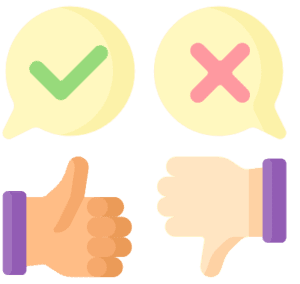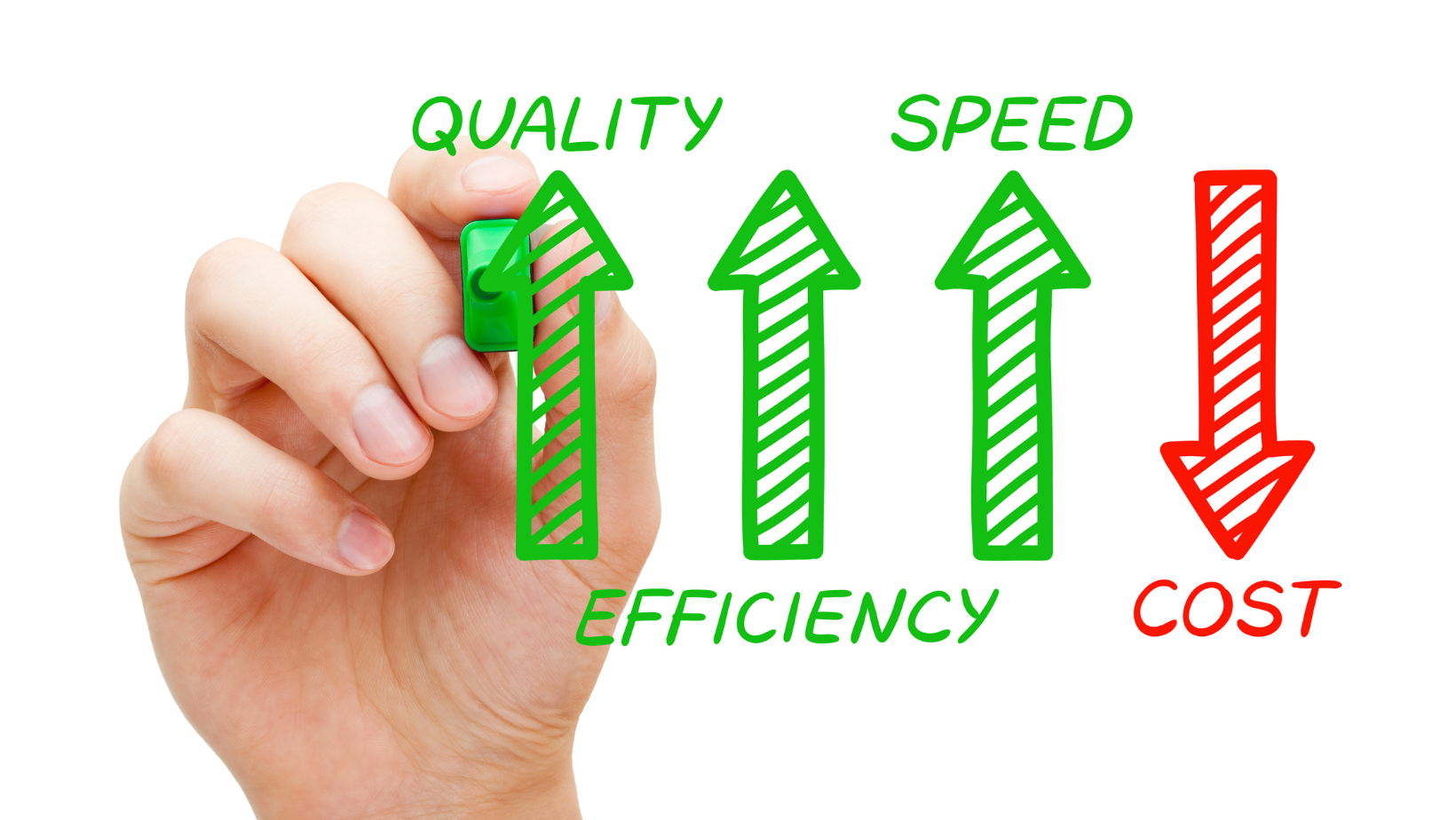
Handling Objection
Customer objections usually fall into two main categories:
- Misunderstandings about our product or service due to a lack of information.
- Drawbacks of our product or service, which exist whenever we are unable to directly satisfy the customer’s dislike or dissatisfaction with our product or service.
| Misunderstanding | Drawback |
| The customer objects to using our product because he has heard that it is “bad”. The customer doesn’t know that training has occurred and the reports are very detailed. | The customer objects to purchasing our service because it costs more than their budget. The price of our service is non-negotiable. We are unable/unwilling to price it lower. |
| The customer objects to purchasing our product because he has heard that he can get a lower price from our competitors. The customer is unaware of the value and the differences between our services. | The customer doesn’t like the way that our product looks. Report is clunky. Customer Portal download doesn’t provide the data set requested. |
You handle a misunderstanding the same way that you handle an opportunity.
In other words, once you have a clear understanding of the reason for the customer’s objection, you:
- Probe to confirm the customer’s need.
- Make a support statement to clear up the misunderstanding.
 When a customer raises an objection due to a misunderstanding, they are providing you with useful, although negative, information about needs. The first step in handling a misunderstanding is to probe to confirm the customer’s need. Doing so helps you to focus on the customer’s desire or want instead of the opposition to your product.
When a customer raises an objection due to a misunderstanding, they are providing you with useful, although negative, information about needs. The first step in handling a misunderstanding is to probe to confirm the customer’s need. Doing so helps you to focus on the customer’s desire or want instead of the opposition to your product.
When you encounter an objection due to a drawback, your strategy in handling the objection is to minimize the importanceof the drawback to the customer. In other words, you’ll want to make the customer aware of the BENEFITS of our products/services that outweigh the drawbacks.
For example, if a customer objects to the price of our product and we are unable to lower our price, you are dealing with a drawback. You will handle this objection by making the customer aware of the benefits of your product that will outweigh the importance of price. To outweigh drawbacks, you:
- Remind the customer of benefits already accepted.
- If necessary, probe to uncover needs.
 One way to outweigh a drawback is to remind the customer of benefits already accepted. The benefits you can use are those accepted during the call or on previous calls with the customer. By reminding the customer of the benefits accepted, you help the customer to remember what he or she previously agreed was important. To be effective in carrying out this strategy, however, you must be able to remember the benefits the customer accepted. Obviously, you don’t have to remind the customer of every accepted benefit. You remind the customer of only those benefits you feel will help to minimize the importance of the drawback.
One way to outweigh a drawback is to remind the customer of benefits already accepted. The benefits you can use are those accepted during the call or on previous calls with the customer. By reminding the customer of the benefits accepted, you help the customer to remember what he or she previously agreed was important. To be effective in carrying out this strategy, however, you must be able to remember the benefits the customer accepted. Obviously, you don’t have to remind the customer of every accepted benefit. You remind the customer of only those benefits you feel will help to minimize the importance of the drawback.
The strategy is to remind the customer of each accepted benefit. This will help you to reassess the customer’s attitudes toward each benefit, because attitudes toward benefits can change in the presence of a drawback.
When you want to begin to outweigh the importance of a drawback, you may find it conversationally awkward to immediately begin to probe. It’s generally useful to position your first probe with some sort of introductory phrase or remark.
For example:
- “Let’s take a look at your total requirements.”
- “Let’s review all the factors involved in your decision.”
- “Let’s take a look at costs, in detail.”
- “Well, let’s review what you’re getting for your money.”
When you feel you have been able to minimize the importance of the drawback to the customer, you can either:
- Pause and wait for a customer’s reaction to see if you have been able to handle the objection.
- Make a closing statement to determine whether you have been able to handle the objection.
- Probe to determine whether you have been able to handle the objection.
- “When you consider all your needs, isn’t ______ (benefits accepted) more important than ______ (drawback)?”
- “When you look at your total requirements, don’t you feel that _________(drawback) isn’t really all that important?”
- “When you consider all these factors, don’t you feel that _________(product/service) is well worth the price?”





